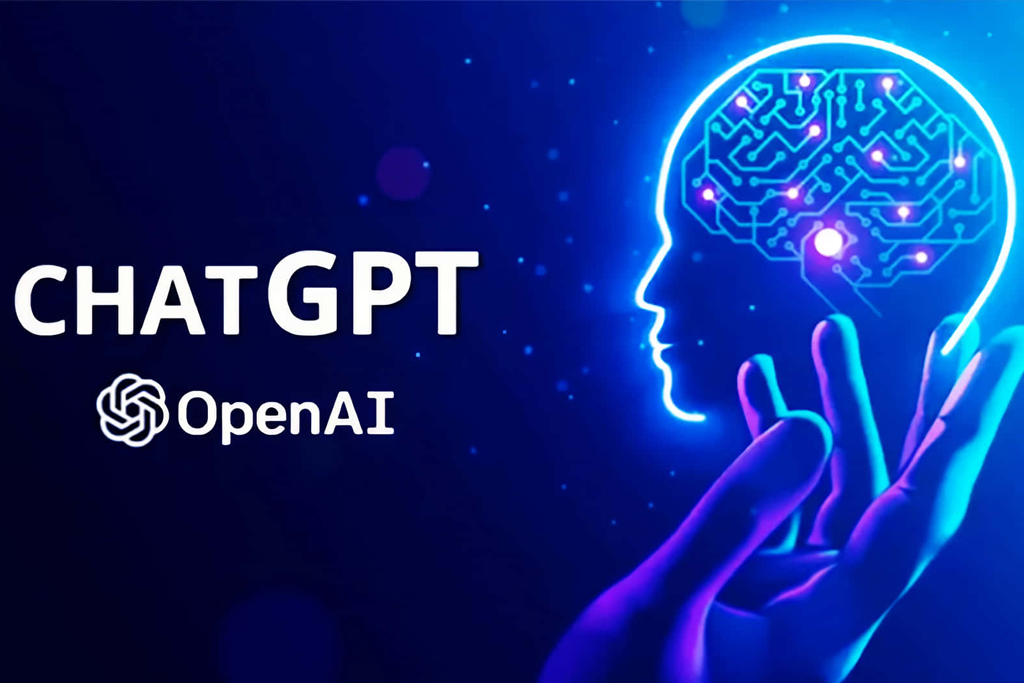Exploring the Differences Between ChatGPT 3.5 and ChatGPT 4: A Leap Forward in Conversational AI

The field of artificial intelligence (AI) has been evolving at an astonishing pace, and OpenAI's ChatGPT series is at the forefront of this innovation. ChatGPT 3.5 and ChatGPT 4 are two remarkable iterations that have made conversational AI more capable than ever before. In this article, we'll delve into the key differences between ChatGPT 3.5 and ChatGPT 4, showcasing the significant leap in conversational AI technology.
1. Enhanced Performance
ChatGPT 4 exhibits a notable improvement in overall performance compared to ChatGPT 3.5. It demonstrates a better understanding of context, responds more coherently, and generates more accurate and contextually relevant answers. This enhancement is a result of fine-tuning and improved training data.
2. Reduced Biases and Offensive Content
ChatGPT 4 builds upon the ethical considerations of its predecessor. It has undergone more rigorous testing and fine-tuning to reduce biases and minimize the likelihood of generating offensive or harmful content. OpenAI's commitment to responsible AI development is evident in this iteration.
3. Better Handling of Ambiguity
ChatGPT 4 has an improved ability to handle ambiguous queries and provide clarifications when necessary. It excels in situations where there might be multiple interpretations, ensuring a more user-friendly and coherent conversation.
4. Customization and Adaptability
One of the most significant differences is ChatGPT 4's enhanced customization features. It allows developers and organizations to fine-tune the AI model to suit specific use cases. This means that ChatGPT 4 can be adapted to provide more domain-specific responses, making it a versatile tool for various industries.
5. Reduced Verbosity
ChatGPT 4 addresses the issue of verbosity present in earlier versions. It generates more concise responses while maintaining context, making interactions with the AI more natural and engaging.
6. Multimodal Capabilities
While both ChatGPT 3.5 and ChatGPT 4 are primarily text-based, ChatGPT 4 offers potential for future multimodal capabilities. This means it may eventually be able to process and respond to a combination of text and other data types, such as images or audio, opening up new possibilities for applications.
7. Improved API for Developers
ChatGPT 4 provides an enhanced API (Application Programming Interface) for developers, making it easier to integrate the model into various applications, services, and platforms. This improves accessibility and usability for developers looking to harness the power of ChatGPT.
Conclusion
ChatGPT 4 represents a significant leap forward in conversational AI technology compared to ChatGPT 3.5. Its enhanced performance, reduced biases, improved handling of ambiguity, and customization options make it a more capable and responsible AI model. OpenAI's commitment to addressing the challenges of AI development is evident in the refinements made in ChatGPT 4. As this technology continues to evolve, it promises to empower developers and organizations to create more advanced and responsible AI-driven solutions for a wide range of applications. The journey of AI innovation is far from over, and ChatGPT 4 is a testament to the exciting possibilities that lie ahead.